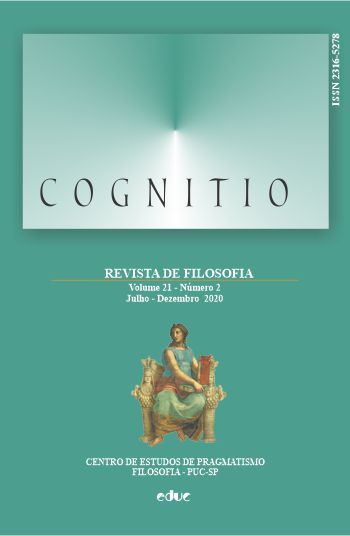The highly semic processes of asemic writing
DOI:
https://doi.org/10.23925/2316-5278.2020v21i2p335-349Keywords:
Asemic writing, Calligraphy, Charles Sanders Peirce, Graphic design, Handwriting, Typography, Visual gamutAbstract
Using so-called “asemic writing” as a starting point, this article examines three questions regarding the semiotic action found in graphical handwriting and typography. First, it examines the phenomenology experienced at the moment when an illegible text suddenly is recognized and read as words. Then, turning to Peirce’s notion of a type/token distinction, the article argues that nonverbal or quasi-verbal writing shows that two kinds of type/token relations are happening simultaneously when we read a text, although Peirce conflates the two in his well-known passage. The term “archetype” is proposed as a way of distinguishing the graphical from the verbal type in type/token. The article concludes by pointing out that legibility comes at a cost, and that illegible graphic forms help us to become aware of what is lost — the hidden expression that is subconsciously functioning beneath the verbal even as we read a text that is seemingly transparent.Downloads
Published
2021-01-28
How to Cite
Skaggs, S. (2021). The highly semic processes of asemic writing. Cognitio: Revista De Filosofia, 21(2), 335–349. https://doi.org/10.23925/2316-5278.2020v21i2p335-349
Issue
Section
Cognitio Papers









